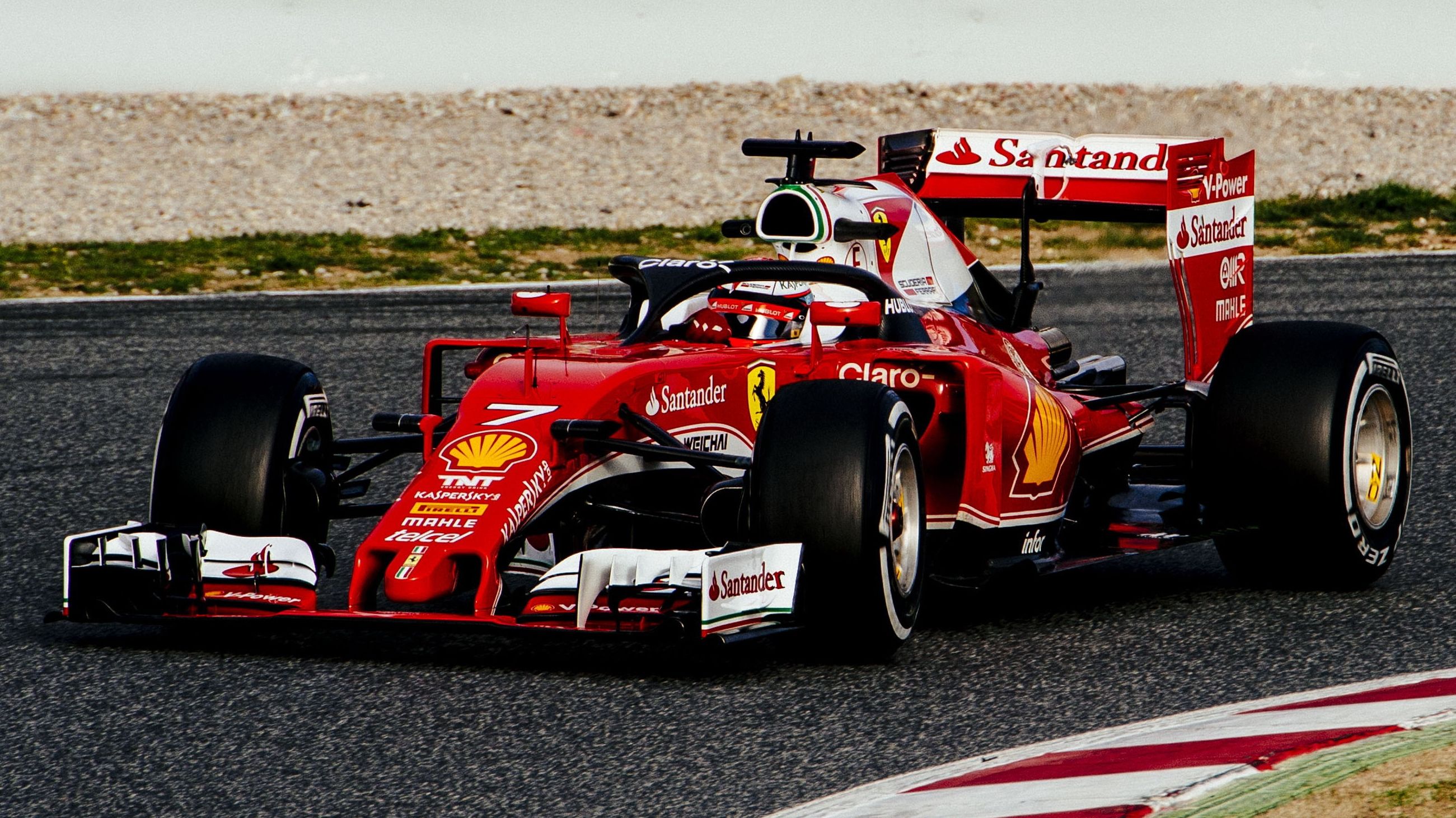Formula One->ke190 cars are about to look different beginning in the 2017 season when the halo protective structure will be incorporated on all F1 cars as an increased safety->ke2860 measure meant to protect drivers from impact and flying objects. The increasing demand for protection on open-cockpit race cars->ke148 has been getting louder and more urgent in the wake of high-profile tragedies of racers Jules Bianchi, Justin Wilson, and Dan Wheldon, all of whom lost their lives because of on-track accidents in recent years.
With these tragedies still looming over the motorsports world, Formula One has taken the steps to ensure that the kind of accidents that cost the life of Bianchi can be prevented with the introduction of a safety structure that would enhance the safety of the cars’ open cockpits. Red Bull had previously tested an aeroscreen with Mercedes->ke187 doing the same with a similar halo structure design to the one that Formula One appears to plan on using next season. That design was tested by Ferrari->ke252 and is comprised of a carbon fiber frame that can be installed over the cockpit of the F1 race cars when the drivers are ready to race and removed just as easily when they get out of the car.
The teams’ technical directors agreed to proceed with the halo structure during a meeting in Monaco over the weekend. That said, the design is still subject to modifications and more tests as the current season moves along, possibly to make it less intrusive for the drivers who are going to need some time to get acclimated to the safety device. Further testing for the halo device is scheduled to begin on June 24 before Formula One’s decision-makers make one last sign-off on July 6.
Continue after the jump to read the full story.
Why it matters
I’m all for this, as I have been ever since reports surfaced that Formula One was considering such measures. I’ve said it in the past and I’ll continue to say it. No matter how exciting Formula One can be, the safety of the drivers should always be considered the most important part of the sport. That’s not even up for discussion in my book.
To be fair, the sport has made incredible progress in improving the safety of its drivers. It’s not just in Formula One. Other racing series have also done their part. That was recently demonstrated in Formula 3 when three drivers got involved in a horrific accident. We also just saw it in Formula One when Fernando Alonso found himself involved in a dramatic crash during the season-opening race in Australia back in March 2016. Had these crashes happened 16 years ago, there’s no telling what the outcome would’ve been for the drivers that were a part of it.
But there’s still plenty of room for improvement when it comes to car safety. That’s why when there’s an opportunity to further improve the safety of these drivers, there’s no question that these opportunities are treated with the seriousness it deserves. The halo cockpit is a nice first measure although I do think that further tests and more development will yield something safer and more practical for the drivers. There have been reports that Red Bull’s aeroscreen windshield proposal could be revisited down the road, as it should because if it ends up being a better safety option than the halo structure that will be put in place next season, then by all means, Formula One should take a long and serious look at it.
The halo structure is a good start and hopefully, this implementation turns into the start of a safer and a more conducive racing environment for all our favorite drivers.

